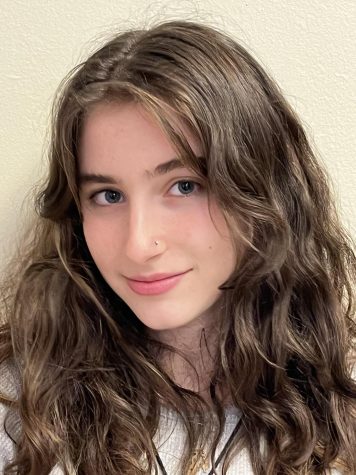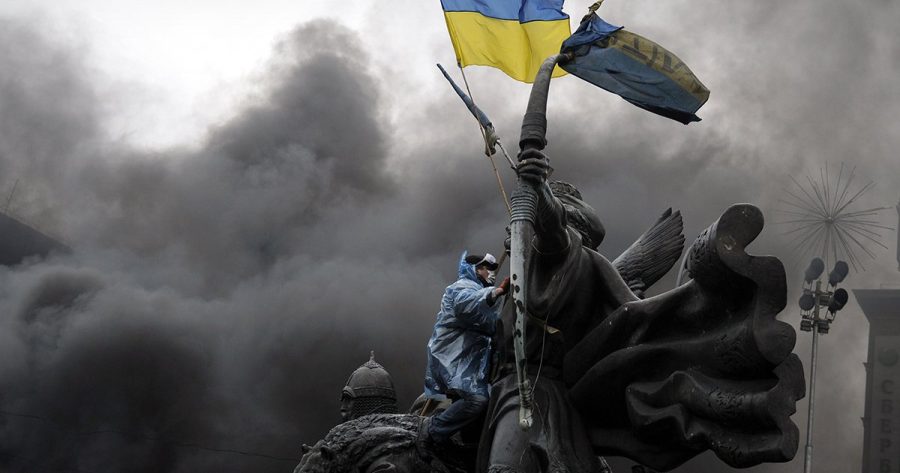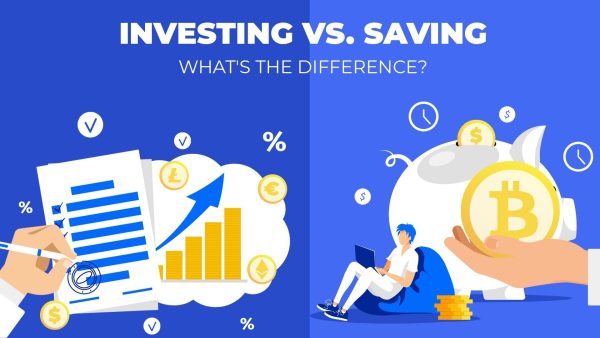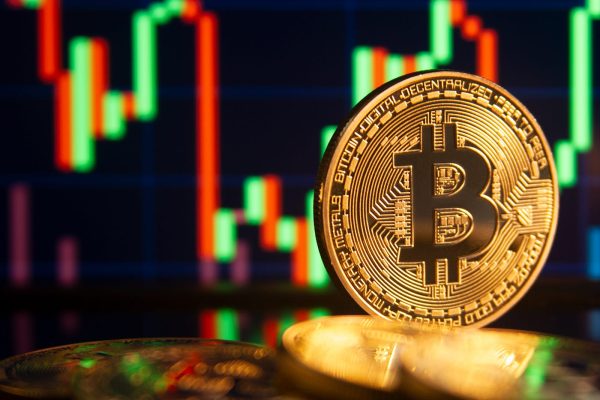Russia-Ukraine conflict simplified
In this new age of technology, everything seems to be going so fast – and with the unending absorption of videos and information, it can be difficult to pause and synthesize what you see. It feels like that with the war going on in Russia and Ukraine: an unending stream of new articles, radio reports, and TikTok videos of people fleeing their homes. It feels easier just to unplug and disconnect. But doing what’s easy isn’t always doing what’s right, and it’s important to understand the basics of both historical context and current events to stay informed.
Over the years, the empires of Russia, Austria-Hungary, Poland–Lithuania, and others have all occupied modern Ukrainian territory. Though they originally declared independence in 1918, they were quickly stripped of this title as Ukraine was divided between Poland and the Soviet Union; by 1939, the entirety of Ukraine was under Soviet control. This remained until World War II. When Germany invaded the Soviet Union, accounts differ of the war’s influence on Ukraine following independence. This shift is undeniably important: the Smithsonian writes that “The debate over how to remember this wartime history, as well as its implications for Ukrainian nationalism and independence, is key to understanding the current conflict.”
Putin’s version of the succession of Ukraine paints them as Nazi sympathizers. He has essentially said that during WWII, many Ukrainians saw German Soldiers as saviors, and worked with them during the Warsaw Uprising and rounding up Jews within the Soviet Union. He couples this by claiming that Ukraine never earned or really achieved its own independence: that “Modern Ukraine was entirely and fully created by Russia, more specifically the Bolshevik, communist Russia.” He also goes on to say that “This process began practically immediately after the 1917 revolution, and moreover Lenin and his associates did it in the sloppiest way in relation to Russia – by dividing, tearing from her pieces of her own historical territory.” Putin believes that Ukraine’s independence is illegitimate.
This framing of Ukraine’s political history is largely misleading. While some Ukrainian nationalists fought with Nazis and stirred up anti-Semitic ideology, those fighters were also promised that independence would be more easily achieved with the support of Nazis in power. Although denying this would be erasing a large chunk of history, it’s important to note that this type of intense right-wing prevalence in Ukraine has been tucked away for decades. Their very president is Jewish; he lost family members in the Holocaust, and has been adamant about educating and enforcing policies against nationalist German ideology. What’s more is that Ukraine has declared its independence against Russian wishes two separate times over 70 years apart, including a war for independence against Russia. As such, Putin’s claims that modern Ukraine was “entirely and fully created by Russia” can be dismissed as propaganda. Putin frames Ukraine through this lens to reduce public sympathy for them. He believes that connecting Ukrainians to Nazis will buy him more support and that delegitimizing Ukraine’s independence erases their long struggle for freedom.
Things started to progress once Ukraine voted itself into independence after the fall of the Soviet Union in 1991. In 1994, a document called the Budapest memorandum was signed. The memorandum turned over Ukraine’s nuclear weapons to the Russian Federation, being signed by the United States, Russia, and others – all of whom agreed to honor Ukraine’s right to sovereignty. These signatories’ assurances have all been broken by Russia’s invasion- the safety assurances by Russia have clearly been violated. In late 2013, massive student-led protests began after Ukraine shunned closer ties with the EU in favor of Russia. These continued to escalate until 2014 when the pro-Russian president Viktor Yanukovych was ousted from office – inciting anger within Putin’s inner circle. Following these protests, Russia annexed the Crimean peninsula, claiming that it “has always been an integral part of Russia.” Despite international anger, Crimea was admitted into the Russian Federation shortly thereafter (although some nations still recognize Crimea as a part of Ukraine). In March 2014, the eastern Ukrainian provinces of Donetsk and Luhansk (collectively known as The Donbas) each declared their independence, following violent pro-Russian counter protests. Most of the population of these two provinces voted for Yanukovich and speaks Russian as their primary language, signaling their close cultural ties to Russia. As Ukraine fought to keep the provinces, a low-intensity war developed between the Ukrainian government and the Russian-backed separatists. Despite this, relations between Russia and Ukraine remained relatively stable – until 2019.
When current Ukrainian president Volodymyr Zelensky was elected, one of his campaign promises was ending the war with Russia they had begun with Crimea. Over the last three years, he’s attempted to pivot Ukraine’s ideology away from Russia and towards the European Union. As they edged closer and closer to joining NATO, Russia also gathered more and more troops on Ukraine’s border, primarily starting in March 2021. All while this unfolded, Russia released articles and propaganda surrounding Ukraine claiming that they had never really been independent.
In December, Russia reached out to NATO and the US, demanding that Ukraine never be allowed to join NATO, with which Biden refused to comply. Finally, in February, things came to a head when Russia launched a full-scale invasion of Ukraine, starting with Donbas. In the last two months, this has continued – with towns all over Ukraine exploding, refugees fleeing to Poland, and an energy crisis that many Ukrainians believe Moscow started. Biden and Putin continue to tiptoe around each other, each wielding various political threats – for instance, Biden has stated he believes Russia should be removed from the G20 (a group of twenty of the world’s most prominent economies).
As things continue to escalate, it’s important to remember that donating to different Ukrainian relief organizations is the most helpful thing one can do on an individual level. Some of these places are linked below.
UNICEF USA : medical provisions
GlobalGiving: water and sanitation
USA for UNHCR: the refugee crisis
Click on this link for a large and comprehensive list, written by Forbes.

Isabel Wilder is a junior at the NYC iSchool and a reporter for iNews. She loves traveling, photography and movies. She enjoys writing and hopes to provoke...







